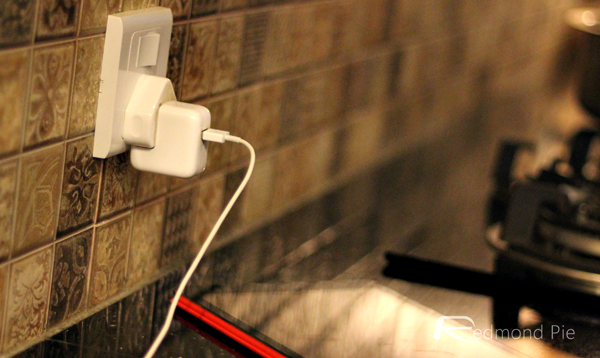Last week, we reported on the culture of fake iOS device chargers, along with the potential perils of using them. As some folks have learned, saving a few bucks can often cost hundreds in repairs for broken devices and also damage caused by subsequent fires and minor explosions as the shoddy build quality shows its true colors. Here, we show you how to spot a phony, and also, what you should do next if your charger is a potentially dangerous copy.
The digital market continues to grow every year, with more tablets and smartphones being sold all the time, and new products such as wearables also joining the fray in more recent times. But there are always drawbacks to every success story, and in this case, the counterfeit market is also enjoying something of a boom. Yet while a cheap, fake phone case mightn’t be much of a problem, peripherals like batteries and chargers are a rather different story, since they can cause overheating, easily melt thanks to general lack of insulation, and cause a whole lot of issues that otherwise ought to have been avoided.

If you’re able to pony up for an iOS device, then it makes sense to seek a decent, high-quality spare charger. Then again, these are still tough economic times – everybody’s looking for a bargain – and as such, it’s understandable that some may shop around. But while legit third-party distributors sell well-tested, reliable non-Apple chargers, there are so many illegitimate knock-offs around, and if you think you may have one, it makes sense to investigate further.
Electronics expert Ken Shirriff has outlined one or two tell-tale signs that should help you differentiate a real from a counterfeit. For one, a real charger – one made by Apple, that is – will bear the trademark “Designed by Apple in California. Assembled in China,” on it, as well as noting the manufacturer as “Foxlink.” A fake, meanwhile, is unlikely to have these inscriptions, although often, as Shirriff’s example shows, may still include the “TM © 2010 Apple Inc.”
Real (left) / Fake (right)
Fakes may also show logos and notation pertaining to a bunch of certification and safety tests that it simply hasn’t been passed for, and as you might have seen in our original article on the topic, the quality of the materials and overall build standards actually equate to a dangerous, not safe product.
Fake iPad charger
Legit iPad charger
When torn down, there are clear discrepancies, but unless you’re knowledgeable about this stuff – in which case, you’d presumably know without needing to open the thing up in the first place – we’d strongly discourage messing about with the innards.
If you have performed the checks and still cannot tell, head into your local Apple Retail Store, where you’ll be advised on whether your charger is legitimate. If it turns out your particular unit is a dud, you can always pick up a legitimate version there and then.
(Source: Righto)
You can follow us on Twitter, add us to your circle on Google+ or like our Facebook page to keep yourself updated on all the latest from Microsoft, Google, Apple and the Web.
